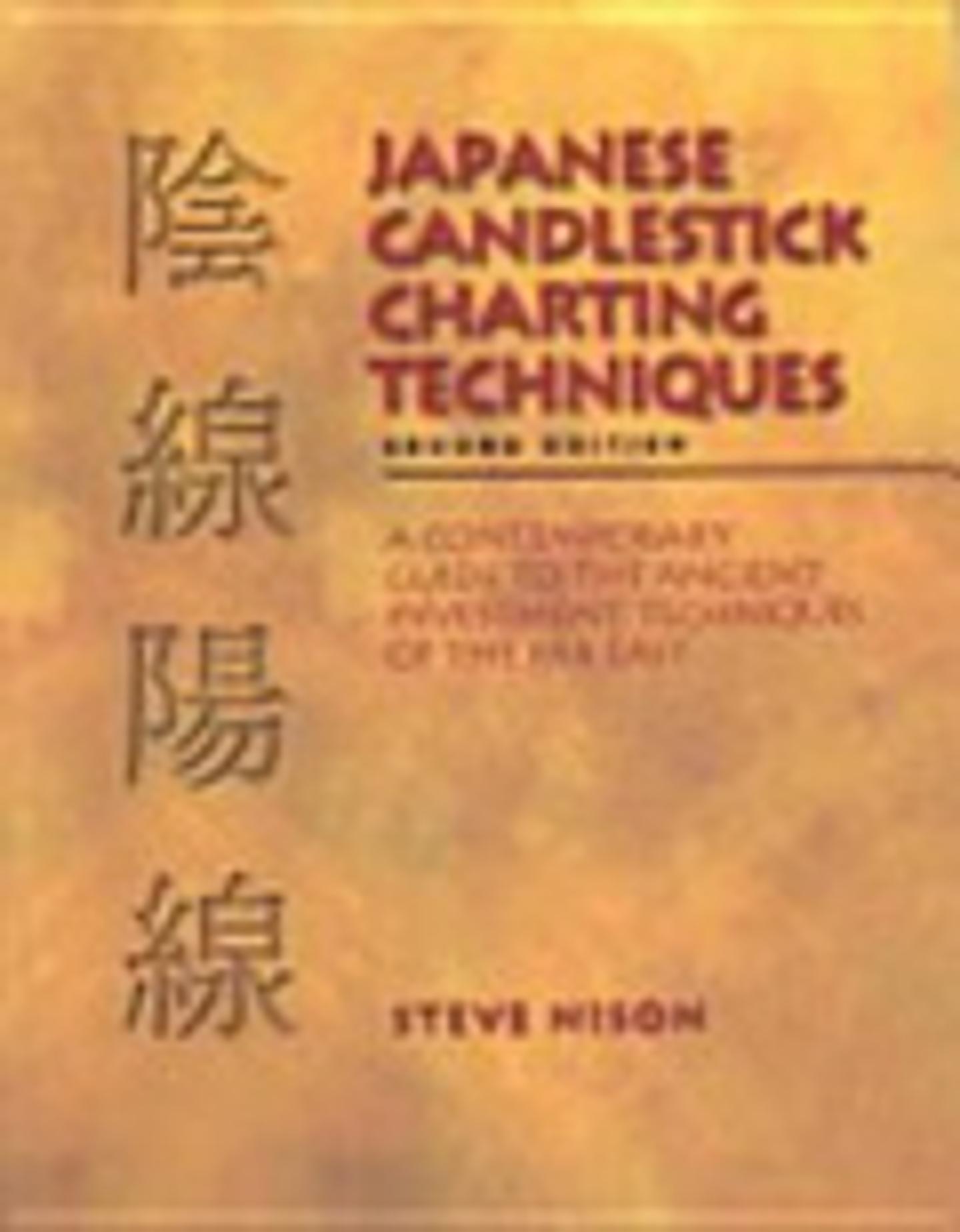User Reviews
Filter reviews
12/22/2017
The "Bible" of Candlestick Patterns...
"While Bulkowski offers great literature on candlestick patterns, this book is definitely the best on the topic that I have come across. Nison combs through the dozens of pattern in a similar format, providing the rules behind each pattern as well as some statistics regarding the success rate as we Read more...
11/06/2015
Basics of candlesticks
"IMO, you need to read this if you are a serious technical trader. Steve Nisson did a great job in this book teaching me how to read a candlestick and the most important candlestick patterns that I needed to know. The one thing I would suggest to a new trader is to learn a strategy that works firs Read more...
05/09/2015
Great Book on Concepts of Candlesticks
I've read a couple of these books but found this edition to be the most helpful. It's a little expensive, but learning how to read candlesticks has really helped improve my trading. I know focus on candlesticks as my primary trading strategy. I use daily and 60min charts for most of my trades. G Read more...
04/06/2015
An absolute must for every trader
One of the more expensive trading books I've bought but it's a necessity. As a newbie this was one of my first reads and it really helped all that red and green make sense! The second half really helps to bring it all together, combining candles with other forms of technical analysis.
11/03/2014
Great for enhancing your pace and analysis of candle charts
"Every person's review is within their own context, and their context may not be aligned with yours, and so I think its important for me to lay out the context in which my review is laid upon. Context: 1) I am a new trader. In fact at the time of this post I've yet to make a single trade, only pape Read more...
"If you don't know anything about candlesticks, this book will certainly help. It offers a lot of information and can be overwhelming for a new trader, but once you understand what creates a candle and what all the different shapes of candles mean you can incorporate it into your trading. It is defi Read more...
"I got a used version of this book on Amazon. I really like it and carry it with me in my bag to look through when I'm waiting places. I think pretty much everything in the book can be found online for free but it's nice to have a physical copy. I also think the candle sticks are only one small pa Read more...
"Amazing book that goes over a lot of chart setups that you will encounter when trading. Great to see how much information you can get from a candlestick alone. It is a must to be able to recognize these patterns and know what to expect them to do. It is a must to understand how you can trade the Read more...
- 1
- 2
- 3
- 4
- 5
- 6

